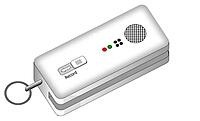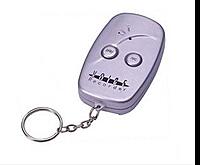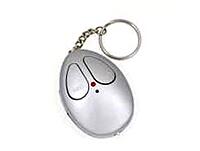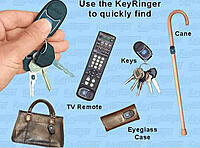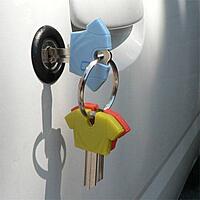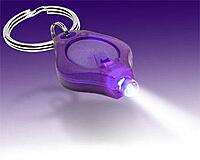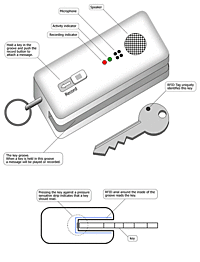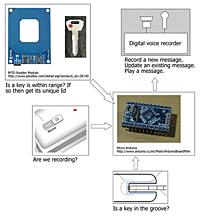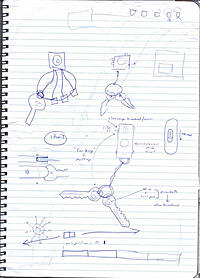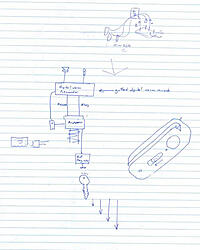Steven Harrap
Memory key
This semester (semester 2, 2007) I have been completing the final unit of my Communication Design degree. The final unit is the Tangible Media component of the degree and requires that I work in a group to produce final major project. To this end two projects have been produced with the third being a derivative of one or both of the two projects. Read on.
The Team has designed a tangible media device designed to assist users in the task of identifying keys with their intended purpose. The device use a symbolic attachment of recorded messages to identify individual keys.
The device promises to be easy to use and helpful to users who have multiple keys that they require for work and everyday life.
This document details the design concept and philosophy behind the device. It will then provide a description of how we could make a working prototype.
Similar Products
Key Shirts
Are you tired of fumbling through your keychain? Isn't it frustrating always picking the wrong one? Do you have so many keys that you don't even know what they are for?
Product link 1
Colour Identifiers for distinguishing between keys - no help finding the right key in the dark. Not a realistic solution for large numbers of keys due to limited number of different colours; also it is necessary to remember what each colour is for.
Torches
Our Solution
- Uniquely identifies a large number of keys.
- Identified easily by feel.
- No vision required to use.
- Uses natural language rather than a colour code.
- Rules out problems of disguising between similar shaped keys
- Far easier than trying keys in the lock.
Technical Design
The solution is simple device that hangs from the key chain. To active the device place the key in the grove and a message will play. To record a message for a key hold the key in the grove and hold the record switch.
The device is made from three major components: the RFID tag reader, the digital voice recorder and the Micro Arduino. The Arduino is the controlling element of the device and listens for input from the RFID reader, record switch and the key grove. There are three modes for the device and certain inputs have to occur to enable these modes:
- Play: The RFID reader detects a key, a key is detected in the groove via pressure from the touch pad and the record button is NOT in record position. If a message is available for this key then the Arduino will tell the digital voice recorder to play the message for that key.
- Record: The RFID reader detects a key, a key is detected in the groove via pressure from the touch pad and the record button is in record position. If a message is available for this key then the Arduino will tell the digital voice recorder to update that message with a new message else a new message will recorded instead
- Rest: Neither of the above conditions are met so the Arduino will idle to save battery life.
Resources
This solution uses existing resources in a new configuration to achieve its goals. The following discusses the resources in use to achieve this goal.
Micro Arduino
The Arduino is a proven control device and it's the miniaturized version will work well in this scenario. The Arduinos' purpose will be take input from the RFID reader, groove touch pad and record button and control the digital voice recorder.
RFID Reader
The RFID Reader comes in many forms from many suppliers and is a well proven technology. When the reader detects a tag it reads the tags unique id number and supplies this value to the Arduino along the serial communication line. The aerial of the reader will present miniaturization problems and experimentation in wrapping this device around the groove would be explored.
Digital Voice Recorder
This device could be built from the cheap digital voice recorders/mp3 players available at many electronic stores. By removing the exterior controls and packing the device could be subverted to take input from the Arduino to control its function.
Internal Power
Inclusion of a power source into this device will take some experimentation. I would suspect that a nine volt battery would be the minimum requirement.
Conclusion
Our solution addresses the primary need of indentifying keys in situations where traditional identification is difficult. The device uses sound as its input and output. The device also presents the possibility of play through the exploration of recording more than standard messages to a key.
